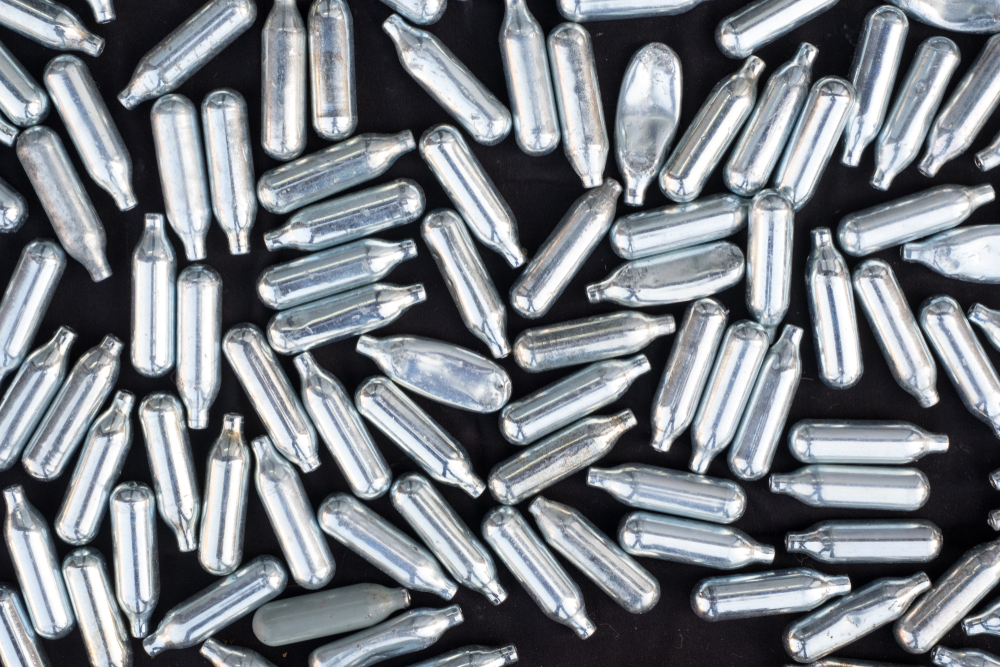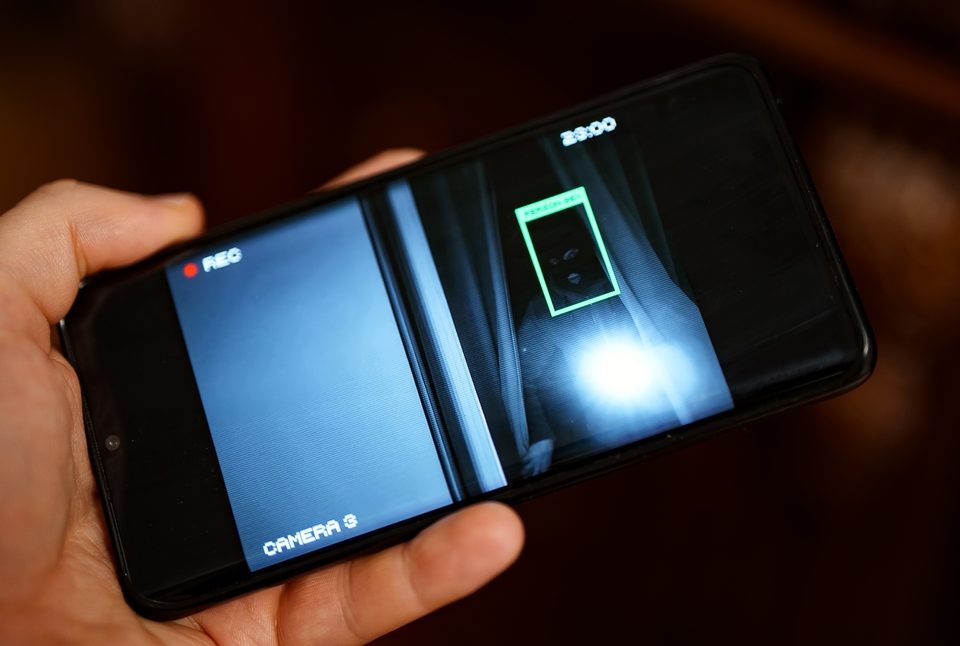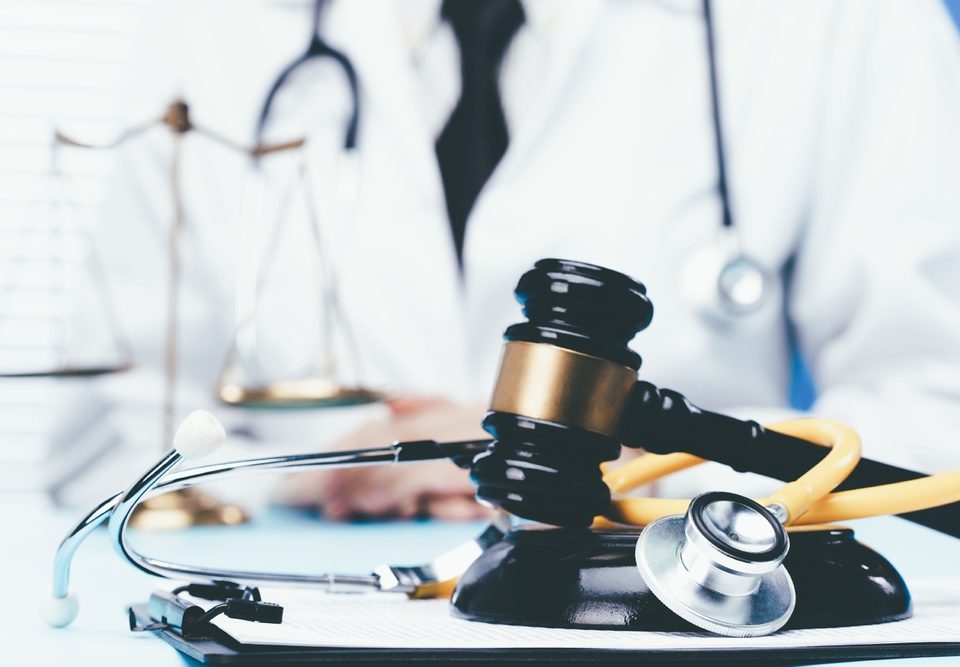
Improving your reports to stay within the limits
30th October 2023
Updated Emergency and Medical Care Statement
12th December 2023Nitrous oxide, discovered in 1772 and commonly known as laughing gas, is used as a painkiller in medical and dental settings as well as in several commercial and industrial arenas. However, its propensity to induce euphoria when inhaled in a recreational setting, typically at festivals or other social gatherings, has become a major social problem, particularly due to the method of inhalation through metal canisters or balloons which are then discarded.
These are bought either through retailers or social media and in recent years there have been convictions among retailers who have ‘knowingly’ sold nitrous oxide over or under the counter.
Nitrous oxide is not currently controlled under the Misuse of Drugs Act 1971 which means possession of the gas for recreational use is not currently illegal. However, non-legitimate use is currently controlled under the Psychoactive Substances Act 2016 (PSA) which makes it an offence to ‘supply nitrous oxide if a person knows, or is reckless as to whether, it will be used for its psychoactive effects.’
The Adverse Impact Of Non-Therapeutic Nitrous Oxide
Clinicians have called for the recreational use of the gas to be made illegal following reported increasing incidences of nitrous oxide users presenting in emergency departments with clinical presentations of limb weakness, numbness, neurological or cardiovascular symptoms and breathing issues. The increase in health and social harms to regular users are becoming widely understood. These include:
· Increased incidences of death with 56 registered deaths between 2001 and 2020 although it must be noted that this figure includes those which occurred in medical settings.
· Poisonings, typically resulting in paraesthesia, hypoaesthesia, neuropathy, ataxia, headache, dizziness.
· Neurological disorders resulting from the known inactivation of the vitamin B12-dependent enzyme methionine synthase in heavy nitrous oxide use.
· Cardiovascular and respiratory harms including possible thromboembolic events and respiratory depression.
· Anaemia.
· Psychological and social harms including paranoia, mood disorders, dependence and road traffic accidents.
What’s Changing?
The UK government is now moving to make changes in the law to make possession of nitrous oxide illegal unless for a legitimate reason. The gas will now be made a Class C drug under the Misuse of Drugs Act 1971.[ii] The change is expected to take effect from November 8 2023.
These changes are being made as a result of the government’s concerns over the misuse of nitrous oxide and the potential serious health harms to recreational users plus the antisocial behaviour and harms to wider society which result.
Where someone is in possession of nitrous oxide with the sole intention of using it recreationally they will be considered to be committing a criminal offence which will be punishable by an unlimited fine, a caution, a visible community punishment or in severe and repeat cases a prison sentence of up to two years. Suppliers and producers who allow the sale and supply to non-legitimate users will also be committing an offence with a potential prison sentence of up to 14 years
Legitimate Use Is Still Allowed
Because nitrous oxide is essential in a wide variety of industrial and manufacturing settings and especially in medical settings the government has ruled out imposing a licensing regime on legitimate users.
Nitrous oxide is commonly referred to as Entonox in medical settings and is widely used to relieve pain in emergency, diagnostic and therapeutic procedures. Inhalation of the gas is considered a very effective and safe method of quickly reducing pain, typically within a few minutes of beginning inhalation. It also has a mild sedative effect. Patients using it are in full control at all times and its effects are felt only when inhaling it. Once inhalation of the gas stops the effects quickly wear off and there are few, if any side effects. The patient is able to drive after 30 minutes.




